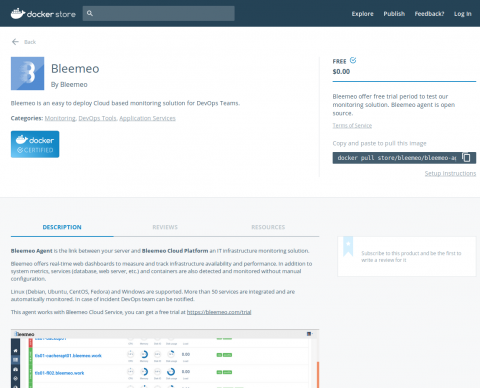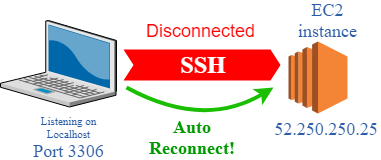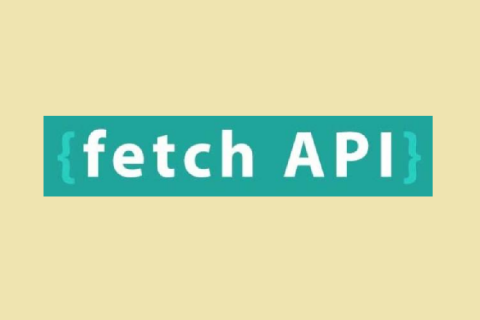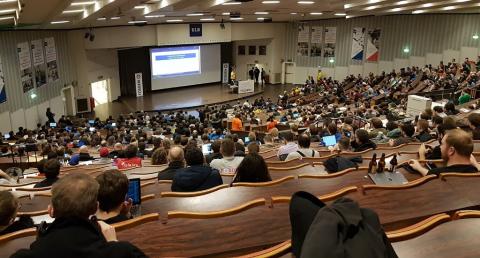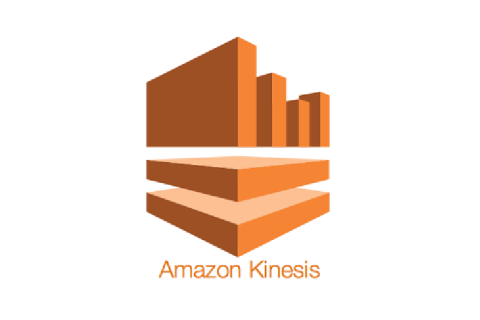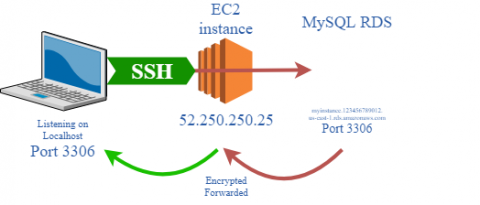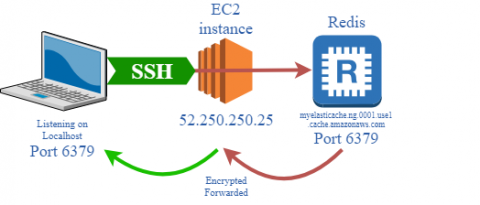Golang Vendor Dependencies
We use Node.js extensively in our production apps. When we started with golang, the major discussion point amongst us was, for a beginner how golang dependency management is supposed to work. Vendoring was the only method for golang dependency management. In this, you save a local copy of the dependent libraries that your application shall use. In Node.js world, dependency is managed using packages.json.




